Our guide had told us early in the day that there are three Durbar Squares in the Kathmandu Valley — one each in Kathmandu, Bhaktapur and Patan — and while all three are UNESCO World Heritage Sites, visiting just one or two would give us a good enough feel for their historical and architectural importance. We settled on the Patan Durbar Square, and what a fine choice that turned out to be.
Patan was one of three ancient cities that formed the cultural heart of the valley. The Durbar Square here is a rich mosaic of Nepal’s Malla-era grandeur: a place where art, religion and royal history all seemed to merge into one timeless moment. As we arrived, it was easy to see why Patan is often called the "City of Fine Arts." With its wealth of temples, statues, palaces and courtyards, every corner of the square seemed to whisper stories of the past. I let out an audible gasp when the first sight of Patan totally overwhelmed me.
The square itself was a feast for the eyes. The Krishna Mandir immediately drew attention. It was a three-storey temple built entirely of stone and adorned with beautifully detailed carvings that depicted scenes from the Mahabharata and Ramayana. Built in the 17th century by King Siddhinarsingh Malla, it stood as a reminder of Patan’s golden era. Nearby was the Bhimsen Temple with its gleaming golden windows and intricate woodwork. And all around us were tiered pagoda roofs and prayer flags fluttering in the breeze.
We wandered into the palace complex with its series of royal courtyards, and then into the Patan Museum. This museum was one of the unexpected highlights of our visit. Housed in a beautifully restored part of the old palace, its galleries offered a compelling look into Nepal’s sacred art and history. The exhibits were thoughtfully curated, blending ancient bronze and gilt figures with detailed explanations of Buddhist and Hindu symbolism. Some pieces dated back centuries, and yet felt timeless. What stood out was how the museum managed to be both informative and atmospheric. The quiet courtyards, soft lighting and elegant architecture made it a perfect setting to appreciate the artefacts. We could’ve spent much longer there, but the day was pressing on.
From the museum, we made our way to the Hiranya Varna Mahavihar, more popularly known as the Golden Temple. Built in the 12th century and still functioning as a living Buddhist monastery, it remains one of the most important shrines for Buddhists in Kathmandu. The temple is an outstanding example of Nepalese metalwork. There were gilded walls amd sacred sculptures all gleaming in the light.
Unfortunately, the temple was undergoing some form of repair work during our visit, and it was not possible to move about freely. The courtyard felt congested. too many visitors milling about. Everyone seemed to gravitate towards the inner sanctum, eager to view the main Buddha image. But taking a decent photograph proved difficult. There was always someone in the way — especially one rather authoritative holy man (or was he a caretaker?) who stood near the doorway throughout, seemingly blocking every perfect angle. I'm sure it was on purpose, for whatever reason.
Still, the atmosphere remained potent. It was clear this wasn’t just a historical site but a place of living faith. Despite the crowds, the scaffolding and our thwarted attempts at photography, we left feeling that we’d experienced something rare and genuine.
By the end of our visit, I could fully understand what our guide meant about the three Durbar Squares. Patan alone had so much depth and character that it left us quite fulfilled visually. It was a living museum, a sacred space and a window into Nepal’s rich and layered heritage. The dust, the crowds, the holy man in the way — all part of the experience. And all quite unforgettable.











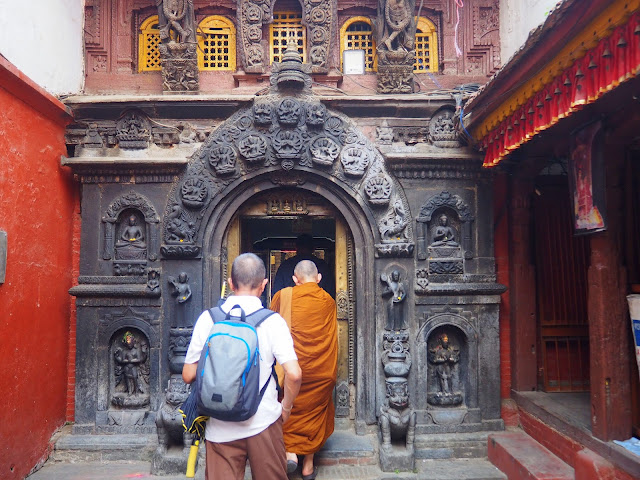




















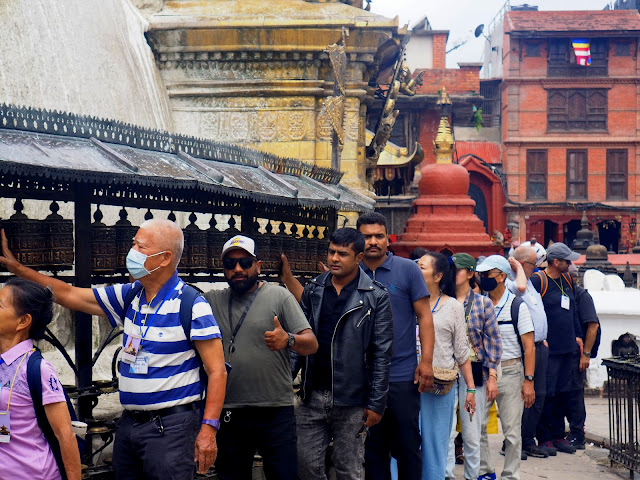



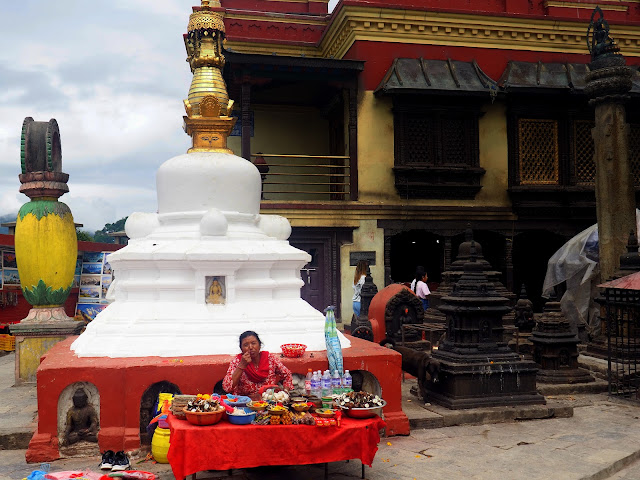
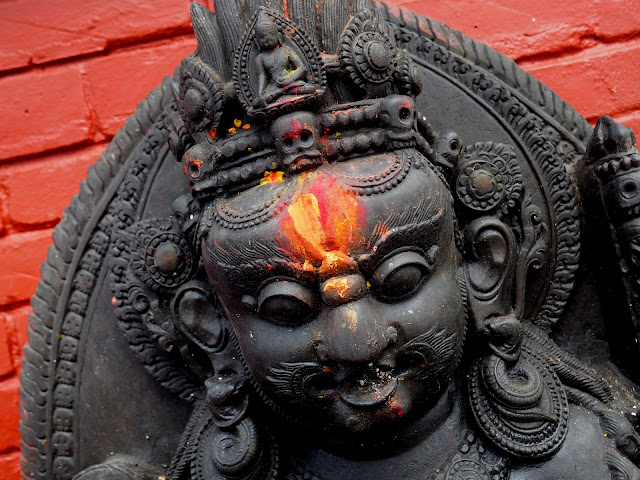


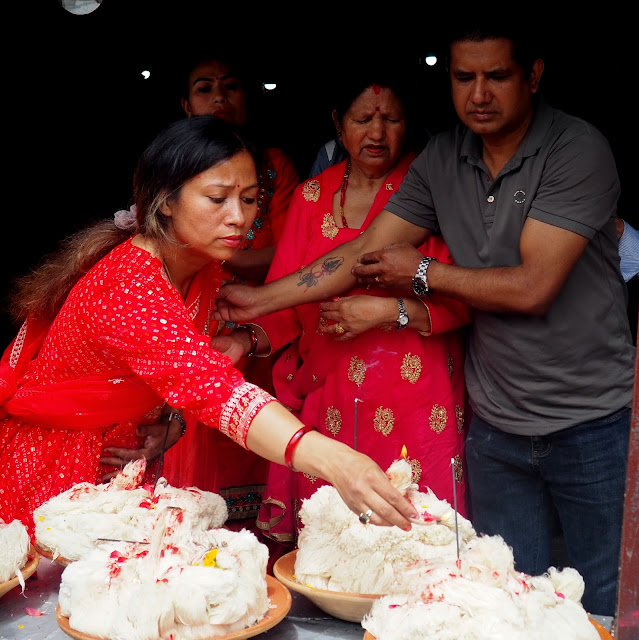
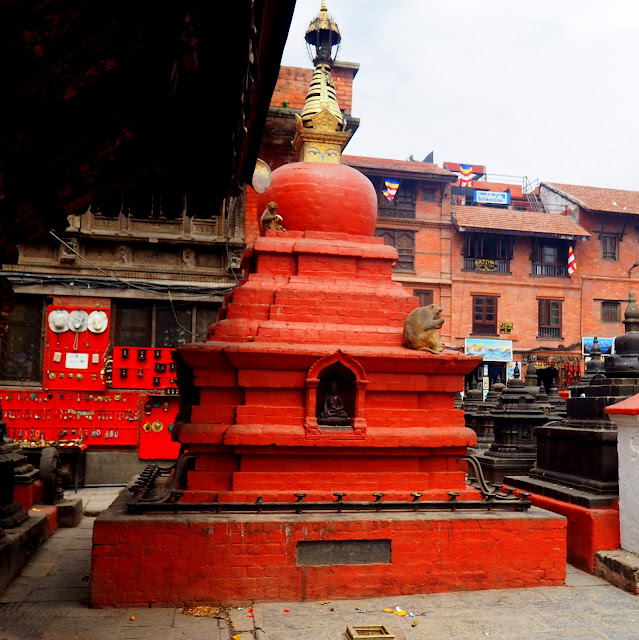







.jpg)

.jpg)
.jpg)
.jpg)
